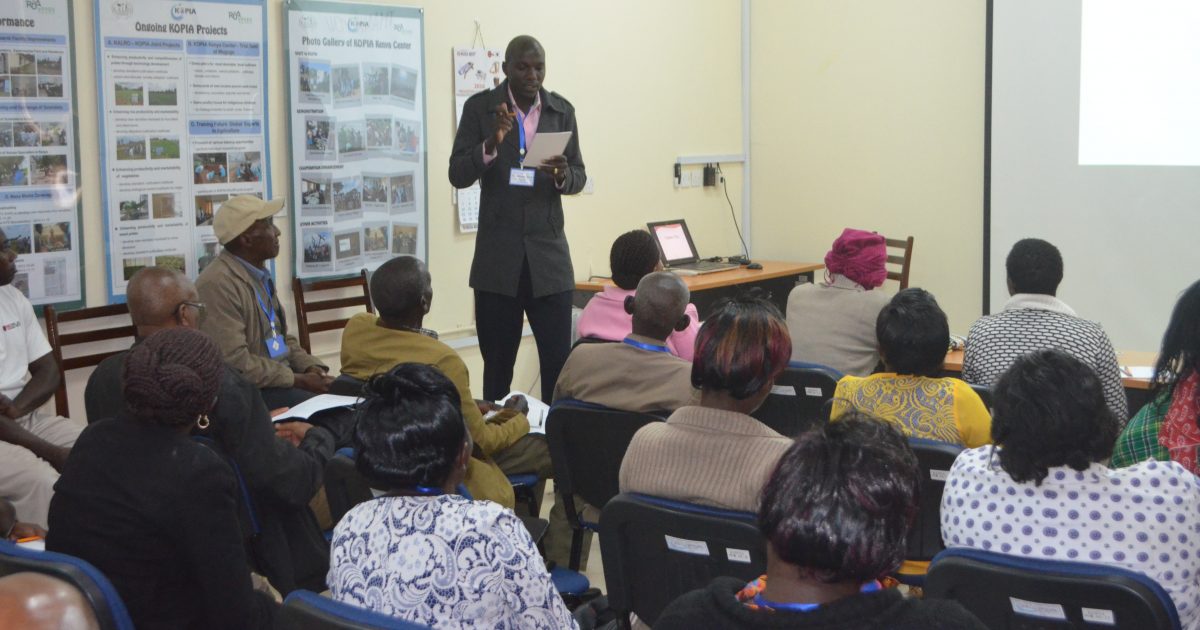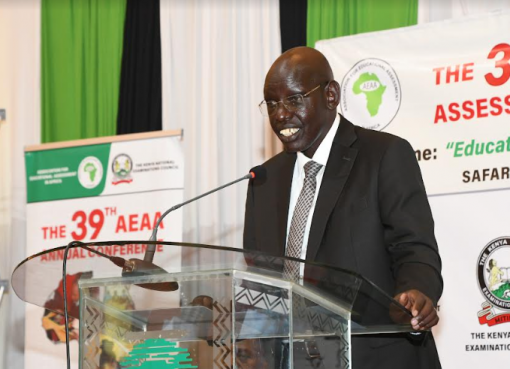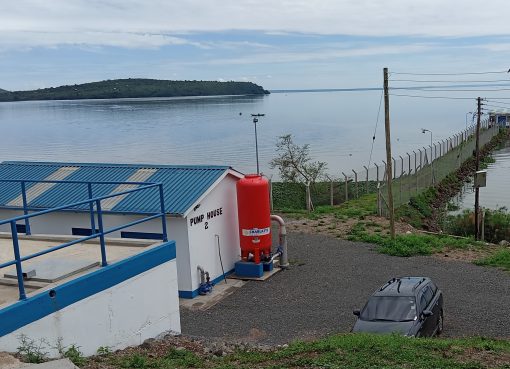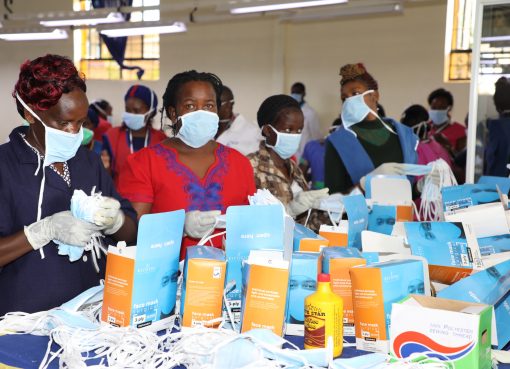Njihia Wambugu injected about Sh200, 000 in a poultry project one year ago, hoping it would make life easier during retirement.
But he was forced to sell all the birds and close the project after only eight months.
Wambugu used to collect 30 trays of eggs per week from 300 layers in January 2021, selling each at 300 and would earn about Sh 36,000 in a month from eggs alone.
But his joy was short-lived. Production reduced to 10 trays in the first week of June. A week later, he could only get five trays, and yet again some young birds also died.
“I lost over Sh150, 000 in the first three weeks of July. A veterinary doctor told me that the chicken had been fed on maize bran mixed with indigestible substances like sand,” Wambugu said.
His poultry house in Murinduko, Mwea East Sub County is now empty.
But Wambugu is not alone. Thousands of poultry farmers in Kirinyaga County are languishing in poverty due to losses arising from the incessant adulteration of animal feeds in the country.
The Kenya Bureau of Standards and Agriculture Ministry officials estimate that over 80 per cent of POULTRY feeds on the market is contaminated with substances like sand, ash and sawdust.
“Adulterated feeds can kill poultry and animals,” explains Dr Sabriano Mbae Mbauni of the Kenya Agriculture and Livestock Research Organization (KALRO).
“If they don’t cause death, they stunt the poultry’s growth, leading to low productivity and increase in disease burden, which more than doubles farm expenses,” he said.
Dr Mbauni says feed adulteration is widespread, but it is more pronounced in the areas that have a high concentration of poultry and dairy cattle, which includes Kiambu, Kirinyaga, Murang’a and others.
“The problem is made worse by the fact that most feed manufacturers, especially small-scale ones, lack basic training in animal nutrition and feed milling technology,” Dr Mbauni says.
“Feeds account for over 70 per cent of farm costs and, therefore, they have a significant effect on the farmers’ production costs and profits. No wonder, many farmers have abandoned the livestock business,” Dr Mbauni said
“Unless checked, feed adulteration will continue impeding the Government’s poverty alleviation plans,” he said.
Kenya’s animal feeds industry is private sector-led, but there is no clear legislation and institutional framework to guide and regulate it.
The government should come up with a policy that provides for the registration and licensing of feed manufacturers, importers and distributors and establishing an effective animal feeds inspectorate, but so far, no action has been taken in this direction.
Only recently, the County government of Kirinyaga took initiative by setting up a small animal feed factory at Kiaga.
The factory has supported many poultry farmers with quality feed for the Wezesha programme implemented by the county government.
Kirinyaga Governor Anne Waiguru says the factory will produce poultry, fish and other animal feeds and provide farmers with quality feed.
Dr Mbauni advises farmers to be vigilant and start on-farm feed mixing to get rid of the unscrupulous farm feed manufactures taking advantage of them.
He said they have trained farmers in Kiambu, Machakos and Kirinyaga on how to use the locally available materials in making up their chicken feeds.
The researcher said the project supported by the Korea Project on International Agriculture (KOPIA), is already posting positive outcomes.
He said the project entails training of the farmers on the use of the locally available resources in making their farm feeds.
By Irungu Mwangi





